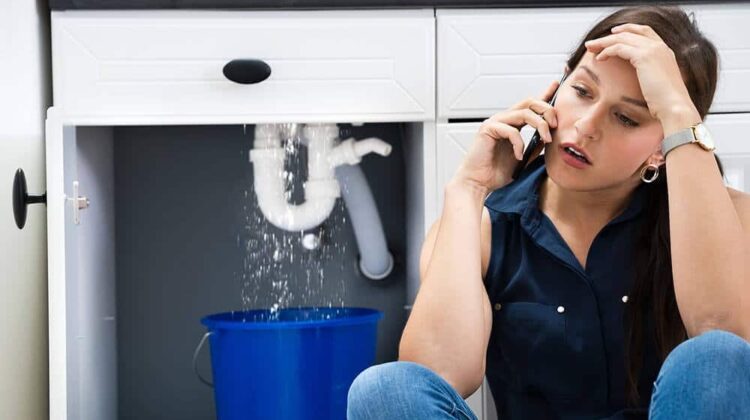
Emergency Plumbing Preparedness: What Every Homeowner Should Know
Preparing for plumbing emergencies is crucial for homeowners to prevent costly repairs and mitigate potential damage. Here’s a comprehensive guide on what every homeowner should know:
1. Know Your Plumbing System
- Familiarize Yourself: Understand the layout of your plumbing system, including the location of pipes, valves, and fixtures.
- Identify Main Components: Know where your main water shut-off valve is located, as well as the individual shut-off valves for sinks, toilets, and appliances.
2. Shut-off Valves
- Locate and Test: Find your main shut-off valve and ensure it works properly. It’s usually located near the water meter or where the water line enters your home.
- Know Individual Shut-offs: Ensure you know the location of shut-off valves for individual fixtures and appliances like the washing machine, dishwasher, and toilets.
3. Emergency Contact Information
- Plumber Contact: Keep the contact information of a reliable emergency plumber handy. Research and read reviews ahead of time so you’re prepared.
- Insurance Information: Have your homeowner’s insurance information accessible, and know how to file a claim for water damage.
4. Emergency Supplies
- Basic Tools: Keep a toolbox with essential plumbing tools, such as a plunger, adjustable wrench, pipe wrench, and Teflon tape.
- Supplies: Stock up on plumber’s putty, sealants, and pipe fittings for quick repairs.
5. Common Plumbing Emergencies
- Clogs: Use a plunger or a drain snake for minor clogs. Avoid chemical drain cleaners, as they can damage pipes.
- Leaking Pipes: If you notice a leak, shut off the water supply to the affected area and call a plumber.
- Burst Pipes: In the event of a burst pipe, turn off the main water supply immediately to prevent flooding, and call for professional help.
6. Preventative Maintenance
- Regular Inspections: Schedule annual plumbing inspections to identify potential issues before they become emergencies.
- Insulate Pipes: In colder climates, insulate exposed pipes to prevent freezing and bursting during winter.
- Monitor Water Pressure: High water pressure can strain pipes and fixtures. Consider installing a pressure regulator if necessary.
7. Know How to Respond
- Immediate Actions: In case of a leak, immediately turn off the water supply and drain the affected pipes by opening faucets.
- Safety First: If there’s flooding, ensure electrical appliances are turned off, and avoid wading through water until it’s safe.
8. Educate Family Members
- Share Knowledge: Ensure that all family members know where shut-off valves are located and how to respond in an emergency.
- Emergency Plan: Develop a plan that includes emergency contacts and steps to take in various plumbing scenarios.
Conclusion
By being prepared and knowledgeable about your plumbing system, you can minimize the impact of plumbing emergencies and protect your home. Regular maintenance and quick response to issues will go a long way in preserving the integrity of your plumbing system.

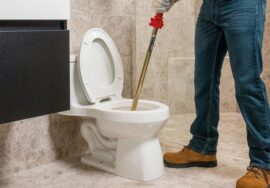


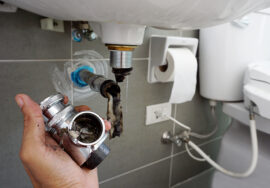
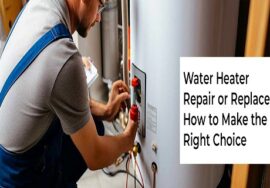
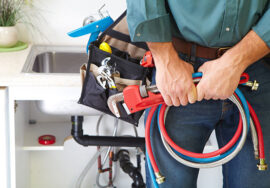
Hi, this is a comment.
To get started with moderating, editing, and deleting comments, please visit the Comments screen in the dashboard.
Commenter avatars come from Gravatar.